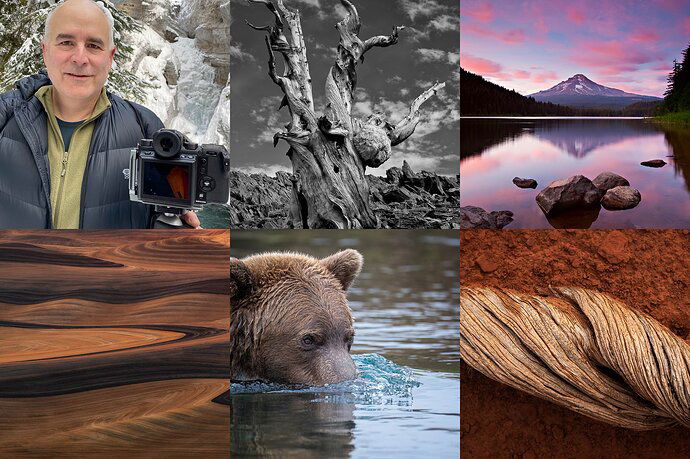If you’re not an NPN member yet, you can join our free tier to ask questions in the AMA or to get the full benefits of what we offer; you can join here.
Hello Nature Photographers. My name is John Pedersen and I’m here for you to ask me anything (within reason of course). I am a professional photographer located in the beautiful state of Oregon in the wonderland of the Pacific Northwest. I’ve been a working photographer for the last 15 years and within the last 8 years, I finally left the corporate world to pursue photography as my sole source of income and more importantly, the motivation and inspiration for living a wonderful life. I lead photography workshops around the U.S. and abroad as well as actively teach photography and creative thinking in classes and seminars.
I’ve been fascinated with the power of photographs for most of my life, so it was natural to pick up a camera as a youngster. Early on I realized that I have always felt a yearning to express myself through my photography, to share my emotions, feelings, thoughts, and reactions to the beautiful world around us. Do I call myself a “landscape photographer” or “nature photographer”? No, I really don’t. Instead, I prefer to see myself as a communicator and my photography as a form of communication that is expressed through a visual medium. So, my methods of photography are similar to communicating in a short story, with a subject, supporting cast, plot, and storyline, with the visual elements in a composition analogous to those topics in a written story. I focus primarily on landscape and wildlife photography, however, I will photograph anything that moves me in ways that inspire me to capture and communicate what I’m seeing or how I’m reacting to my surroundings. Patterns, shapes, textures, colors, contrast…those are the building blocks I seek out to create some of my most resonant images.
I love the grand landscapes for the majesty and awesomeness that they can convey. Yet I get particularly excited about the small details in the world around us, those things that many would just walk past without noticing. There is a whole world right at our feet if we just slow down and look around. As rewarding as the photographs are, the experience of photography is what I truly cherish. Visiting beautiful areas, helping people unlock their creativity and expression, making new friends and just being in awe of the world we live in…these are the gifts that photography has given me.
I tend towards appreciating subtlety and nuance over loud and bold. Simple can be very strong and I work to eliminate unnecessary elements in my comps, to distill them to the essence of visual information I need to convey my thoughts. Simplify, isolate and speak softly are mantras that I often repeat to myself along with my students to create lasting, meaningful images.
So go ahead, Ask Me Anything and I will do my best to give you an honest and thorough answer.
Website: https://johnpedersenphoto.com
AMA Rules:
- Please only ask one question by replying to this topic a single time, using the “Ask a question” button at the bottom. It’s also helpful to scroll to the bottom while reading the topic to make sure nobody else has asked the same question first before you ask.
- Please don’t ask more than one question so everyone gets a chance.
- Please do not reply to anyone else’s post. The only purpose of replies on this topic is to ask the author one question. Please create a new topic if you’d like to discuss a related topic in more detail.
Posts not following these rules may be removed by moderators to keep the Q&A flowing smoothly. Thank you!





